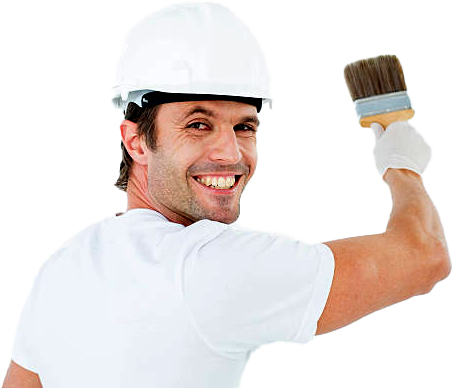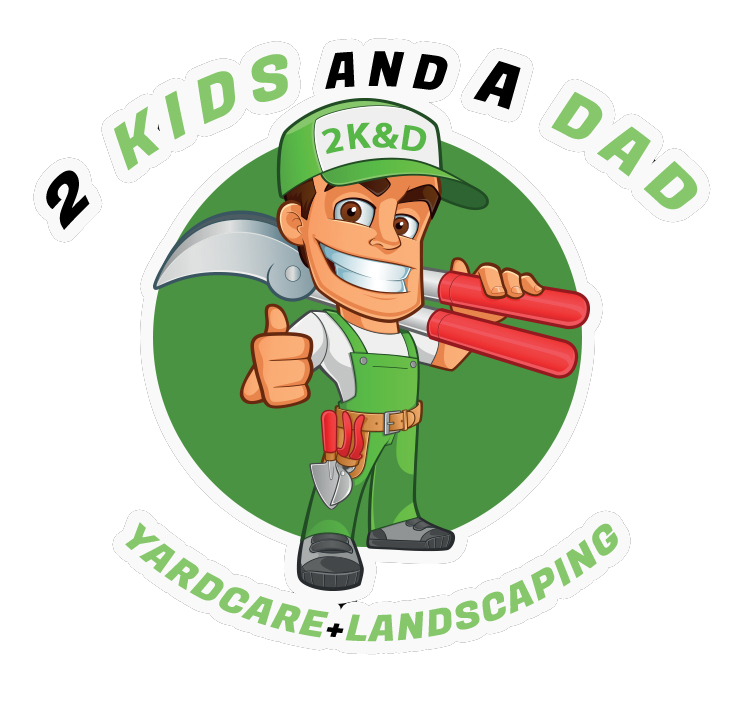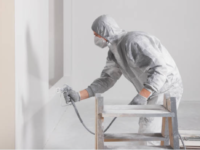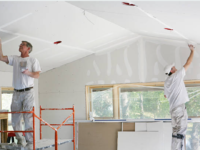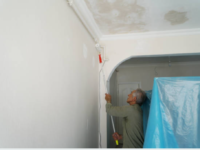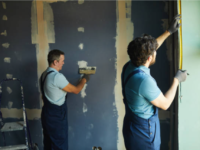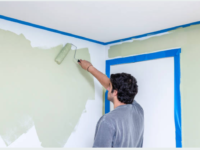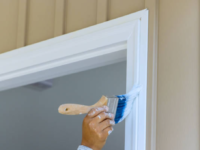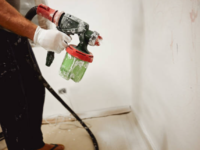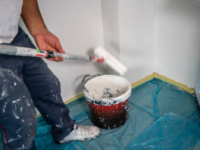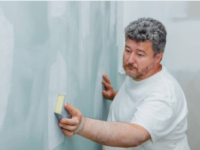Services
Download Brochures
Interior Painting!🅿️
Interior painting involves applying paint to the walls, ceilings, trim, and other interior surfaces of a residential or commercial space. Here's some key information about interior painting:
Preparation: Proper preparation is essential for a successful interior painting project. This includes cleaning the surfaces to be painted, repairing any damage such as cracks or holes, and protecting floors, furniture, and fixtures with drop cloths or plastic sheeting.
Surface Evaluation: Before painting, it's important to evaluate the condition of the surfaces to be painted. This may involve sanding or smoothing rough areas, priming bare surfaces, and addressing any issues such as moisture or mold.
Paint Selection: Choosing the right type of paint is crucial for achieving the desired results. Options include latex or acrylic paint for walls and ceilings, enamel paint for trim and doors, and specialty paints for specific surfaces or effects. Factors to consider when selecting paint include color, finish (e.g., matte, satin, semi-gloss), and durability.
Color Choice: Selecting the perfect paint color can dramatically impact the look and feel of a space. Many factors, such as lighting, furnishings, and personal preference, should be considered when choosing colors. Some professionals offer color consultation services to help clients select the ideal colors for their space.
Application Techniques: Interior painting can be done using various techniques, including brushing, rolling, and spraying. Each technique has its advantages and is chosen based on factors such as surface texture, desired finish, and efficiency.
Quality of Workmanship: The quality of workmanship is essential for achieving professional-looking results. This includes proper paint application, attention to detail, and neatness in cutting edges and applying trim. Experienced painters have the skills and expertise to produce flawless results.
Drying and Curing: After painting, proper drying and curing time is necessary for the paint to fully adhere and achieve its desired finish. Ventilation and temperature control may be required to facilitate drying, especially for oil-based paints or in humid conditions.
Cleanup and Inspection: Once the paint has dried, cleanup involves removing protective coverings, cleaning tools and equipment, and returning furniture and fixtures to their original positions. A final inspection ensures that the painting project meets the client's expectations and quality standards.
Maintenance: Regular maintenance, such as cleaning painted surfaces and addressing any touch-ups or repairs as needed, helps prolong the life and beauty of interior paintwork. Following manufacturer recommendations for cleaning and maintenance can help preserve the integrity of the paint finish.
Overall, interior painting is a versatile and cost-effective way to refresh and enhance the appearance of interior spaces, whether it's a single room, an entire home, or a commercial property. Hiring professional painters ensures a smooth and efficient process, with beautiful and long-lasting results.
Cut Phase!
Edge Phase!✅
Blow Phase!🌬️
Trimming Phase!✂️
INTERIOR PAINTING!🅿️
We are here for all of your Interior PAINTING needs 24/7/365.
